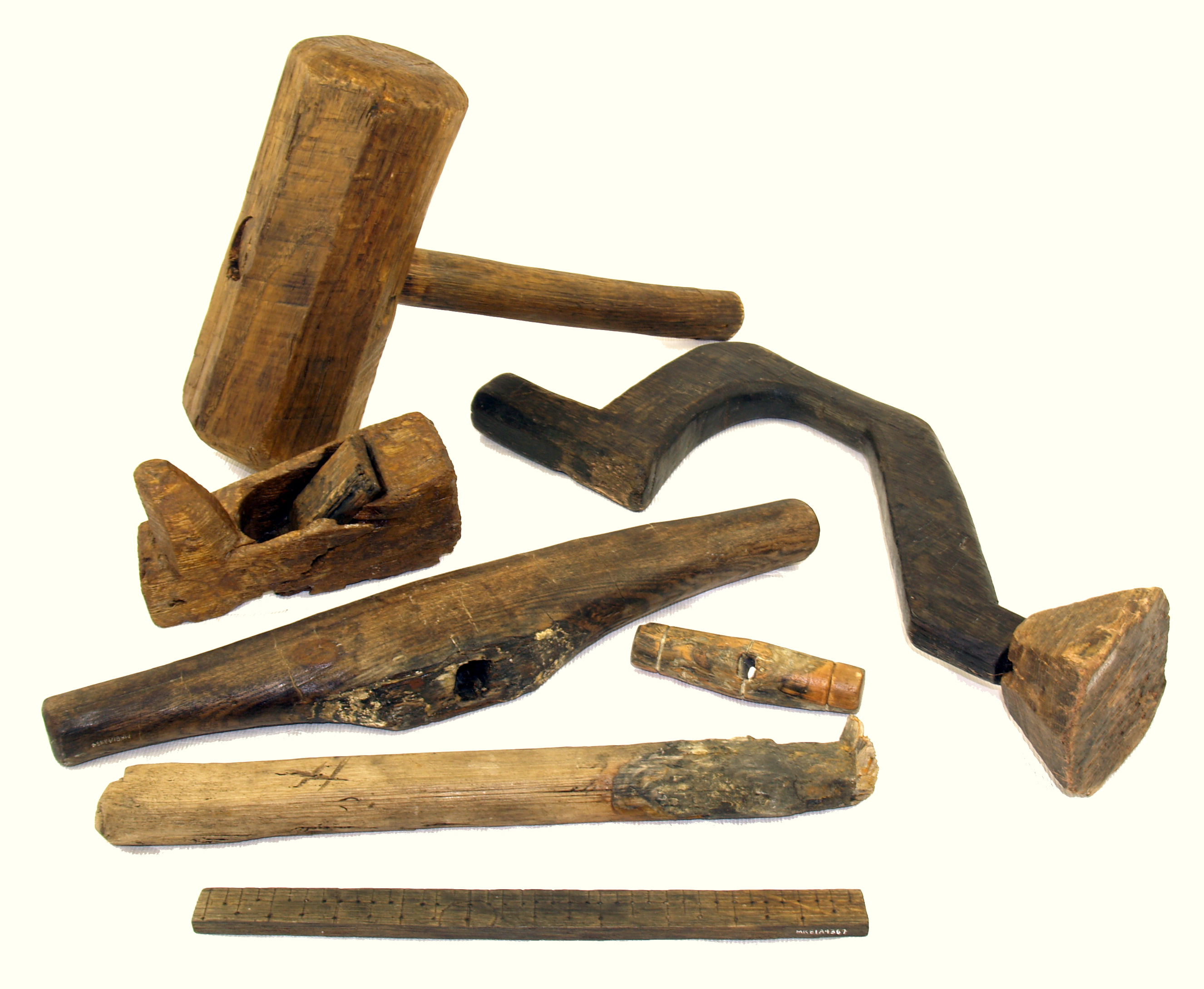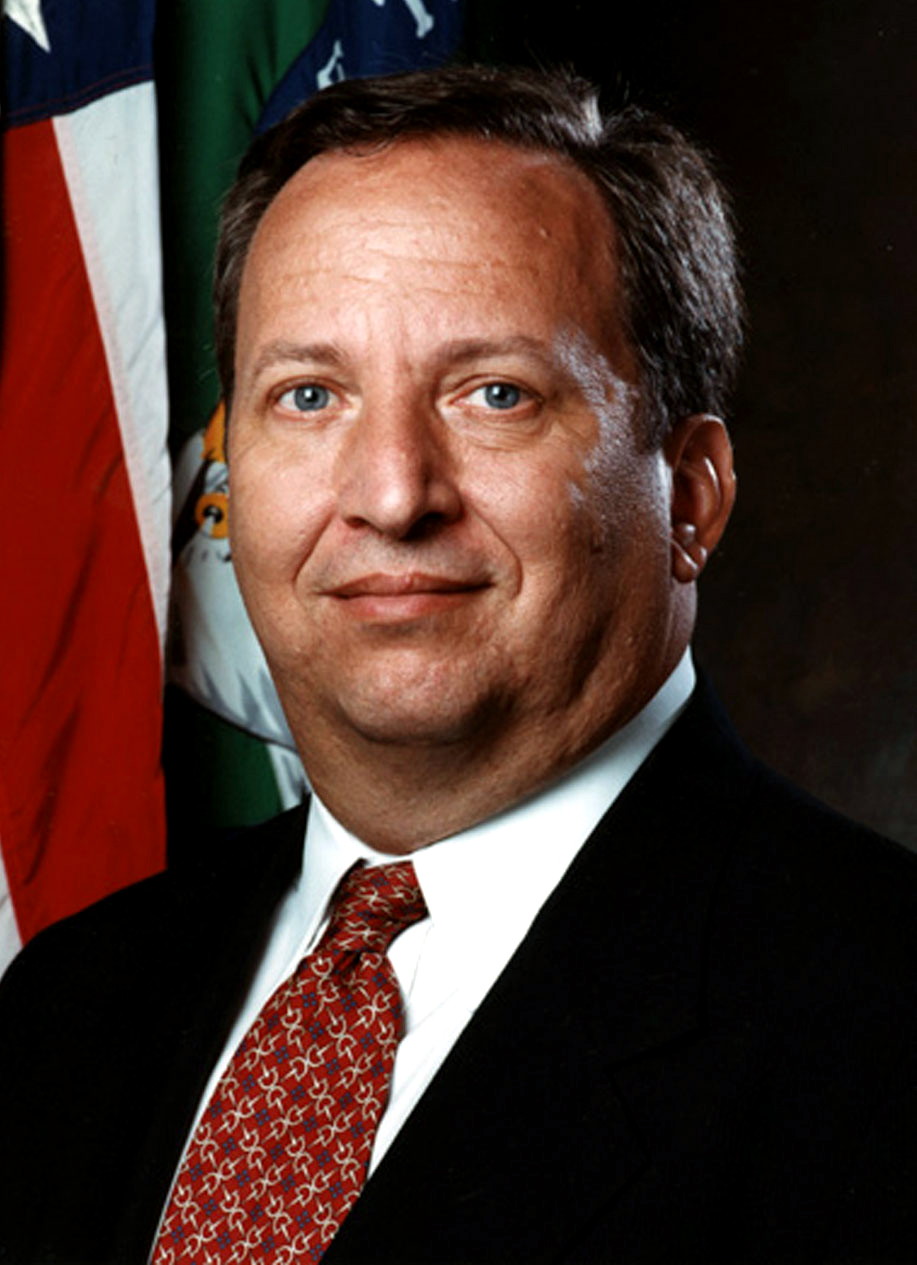|
Tobin's Q
Tobin's q (or the q ratio, and Kaldor's v), is the ratio between a Asset, physical asset's market value and its replacement value. It was first introduced by Nicholas Kaldor in 1966 in his paper: ''Marginal Productivity and the Macro-Economic Theories of Distribution: Comment on Samuelson and Modigliani''. It was popularised a decade later by James Tobin, who in 1970, described its two quantities as: Measurement Single company Although it is not the direct equivalent of Tobin's q, it has become common practice in the finance literature to calculate the ratio by comparing the market value of a company's equity and liabilities with its corresponding book values, as the replacement values of a company's assets is hard to estimate: :Tobin's q = \frac It is also common practice to assume equivalence of the liabilities market and book value, yielding: :Tobin's q = \frac. Even if market and book value of liabilities are assumed to be equal, this is not equal to the "Market to Book R ... [...More Info...] [...Related Items...] OR: [Wikipedia] [Google] [Baidu] |
Asset
In financial accounting, an asset is any resource owned or controlled by a business or an economic entity. It is anything (tangible or intangible) that can be used to produce positive economic value. Assets represent value of ownership that can be converted into cash (although cash itself is also considered an asset). The balance sheet of a firm records the monetaryThere are different methods of assessing the monetary value of the assets recorded on the Balance Sheet. In some cases, the ''Historical Cost'' is used; such that the value of the asset when it was bought in the past is used as the monetary value. In other instances, the present fair market value of the asset is used to determine the value shown on the balance sheet. value of the assets owned by that firm. It covers money and other valuables belonging to an individual or to a business. ''Total assets'' can also be called the ''balance sheet total''. Assets can be grouped into two major classes: Tangible property, tangib ... [...More Info...] [...Related Items...] OR: [Wikipedia] [Google] [Baidu] |
P/B Ratio
The price-to-book ratio, or P/B ratio, (also PBR) is a financial ratio used to compare a company's current market value to its book value (where ''book value'' is the value of all assets minus liabilities owned by a company). The calculation can be performed in two ways, but the result should be the same. In the first way, the company's market capitalization can be divided by the company's total book value from its balance sheet. The second way, using per-share values, is to divide the company's current share price by the book value per share (i.e. its book value divided by the number of outstanding shares). It is also known as the market-to-book ratio and the price-to-equity ratio (which should not be confused with the price-to-earnings ratio), and its inverse is called the book-to-market ratio. As with most ratios, it varies a fair amount by industry. Industries that require more infrastructure capital (for each dollar of profit) will usually trade at P/B ratios much lower than, ... [...More Info...] [...Related Items...] OR: [Wikipedia] [Google] [Baidu] |
Tools And Techniques For Determining The Value Of Any Asset
A tool is an object that can extend an individual's ability to modify features of the surrounding environment or help them accomplish a particular task. Although many animals use simple tools, only human beings, whose use of stone tools dates back hundreds of millennia, have been observed using tools to make other tools. Early human tools, made of such materials as stone, bone, and wood, were used for the preparation of food, hunting, the manufacture of weapons, and the working of materials to produce clothing and useful artifacts and crafts such as pottery, along with the construction of housing, businesses, infrastructure, and transportation. The development of metalworking made additional types of tools possible. Harnessing energy sources, such as animal power, wind, or steam, allowed increasingly complex tools to produce an even larger range of items, with the Industrial Revolution marking an inflection point in the use of tools. The introduction of widespread automation i ... [...More Info...] [...Related Items...] OR: [Wikipedia] [Google] [Baidu] |
Replacement Value
The term replacement cost or replacement value refers to the amount that an entity would have to pay to replace an asset at the present time, according to its current worth. In the insurance industry, "replacement cost" or "replacement cost value" is one of several methods of determining the value of an insured item. Replacement cost is the actual cost to replace an item or structure at its pre-loss condition. This may not be the "market value" of the item, and is typically distinguished from the "actual cash value" payment which includes a deduction for depreciation. For insurance policies for property insurance, a contractual stipulation that the lost asset must be actually repaired or replaced before the replacement cost can be paid is common. This prevents overinsurance, which contributes to arson and insurance fraud.Thomas JE, Wilson B. (2005). The Indemnity Principle: Evolution from a Financial to a Functional Paradigm]. ''Journal of Risk Management & Insurance''Free full-t ... [...More Info...] [...Related Items...] OR: [Wikipedia] [Google] [Baidu] |
Dividend Yield
The dividend yield or dividend–price ratio of a share is the dividend per share divided by the price per share. It is also a company's total annual dividend payments divided by its market capitalization, assuming the number of shares is constant. It is often expressed as a percentage. Dividend yield is used to calculate the dividend earning on investments. Analysis Historically, a higher dividend yield has been considered to be desirable among many investors. A high dividend yield can be considered to be evidence that a stock is underpriced or that the company has fallen on hard times and future dividends will not be as high as previous ones. Similarly a low dividend yield can be considered evidence that the stock is overpriced or that future dividends might be higher. Some investors may find a higher dividend yield attractive, for instance as an aid to marketing a fund to retail investors, or maybe because they cannot get their hands on the capital, which may be tied up in a ... [...More Info...] [...Related Items...] OR: [Wikipedia] [Google] [Baidu] |
Doug Henwood
Doug Henwood (born December 7, 1952) is an American writer. Until 2013, he published a newsletter, ''Left Business Observer'', that analyzed economics and politics from a left-wing perspective. He is a contributing editor at ''The Nation''. Early life and education Henwood was born to Harold and Victorine Henwood in Teaneck, New Jersey, and grew up in Westwood, New Jersey. As a youth, he was acquainted with Marxism, but he briefly self-identified with conservatism toward the end of high school. According to Henwood: "Sometime late in high school, I fell under the spell of Milton Friedman and Bill Buckley, and about the first thing I did when I got to college was join the Party of the Right (POR). I got tired of all the pompous rituals, and political sanity returned, bringing me back to the left from which I'd started." Henwood received a B.A. in English from Yale University in 1975. After college, he worked as secretary to the chair of a small Wall Street brokerage firm head ... [...More Info...] [...Related Items...] OR: [Wikipedia] [Google] [Baidu] |
Karl Marx
Karl Marx (; 5 May 1818 – 14 March 1883) was a German philosopher, political theorist, economist, journalist, and revolutionary socialist. He is best-known for the 1848 pamphlet '' The Communist Manifesto'' (written with Friedrich Engels), and his three-volume (1867–1894), a critique of classical political economy which employs his theory of historical materialism in an analysis of capitalism, in the culmination of his life's work. Marx's ideas and their subsequent development, collectively known as Marxism, have had enormous influence. Born in Trier in the Kingdom of Prussia, Marx studied at the universities of Bonn and Berlin, and received a doctorate in philosophy from the University of Jena in 1841. A Young Hegelian, he was influenced by the philosophy of Georg Wilhelm Friedrich Hegel, and both critiqued and developed Hegel's ideas in works such as '' The German Ideology'' (written 1846) and the '' Grundrisse'' (written 1857–1858). While in Paris, Marx wrote ... [...More Info...] [...Related Items...] OR: [Wikipedia] [Google] [Baidu] |
Wesley Clair Mitchell
Wesley Clair Mitchell (August 5, 1874 – October 29, 1948) was an American economist known for his empirical work on business cycles and for guiding the National Bureau of Economic Research in its first decades. Mitchell was referred to as Thorstein Veblen's "star student." Paul Samuelson named Mitchell (along with Harry Gunnison Brown, Allyn Abbott Young, Henry Ludwell Moore, Frank Knight, Jacob Viner, and Henry Schultz) as one of the several "American saints in economics" born after 1860. Biography Mitchell was born in Rushville, Illinois, the second child and oldest son of a Civil War army doctor turned farmer. In a family with seven children and a disabled father with an appetite for business ventures "verging on rashness" a lot of responsibility fell on the oldest son. Despite these challenges, Wesley Clair went to study at the University of Chicago and was awarded a PhD in 1899. Mitchell's career as a researcher and teacher took the following course: instructor in ... [...More Info...] [...Related Items...] OR: [Wikipedia] [Google] [Baidu] |
Rate Of Profit
In economics and finance, the profit rate is the relative profitability of an investment project, a capitalist enterprise or a whole capitalist economy. It is similar to the concept of rate of return on investment. Historical cost ''vs.'' market value The rate of profit depends on the definition of ''capital invested''. Two measurements of the value of capital exist: capital at historical cost and capital at market value. Historical cost is the original cost of an asset at the time of purchase or payment. Market value is the re-sale value, replacement value, or value in present or alternative use. To compute the rate of profit, replacement cost of capital assets must be used to define the capital cost. Assets such as machinery cannot be replaced at their historical cost, but must be purchased at the current market value. When inflation occurs, historical cost would not take account of rising prices of equipment. The rate of profit would be overestimated, using lower historic ... [...More Info...] [...Related Items...] OR: [Wikipedia] [Google] [Baidu] |
Quarterly Journal Of Economics
''The Quarterly Journal of Economics'' is a peer-reviewed academic journal published by the Oxford University Press for the Harvard University Department of Economics. Its current editors-in-chief are Robert J. Barro, Lawrence F. Katz, Nathan Nunn, Andrei Shleifer, and Stefanie Stantcheva. History It is the oldest professional journal of economics in the English language, and second-oldest in any language after the . It covers all aspects of the field—from the journal's traditional emphasis on micro-theory to both empirical and theoretical macroeconomics. Reception According to the ''Journal Citation Reports'', the journal has a 2015 impact factor of 6.662, ranking it first out of 347 journals in the category "Economics". It is generally regarded as one of the top 5 journals in economics, together with the '' American Economic Review'', ''Econometrica'', the '' Journal of Political Economy'', and '' The Review of Economic Studies''. Notable papers Some of the most inf ... [...More Info...] [...Related Items...] OR: [Wikipedia] [Google] [Baidu] |
Lawrence Summers
Lawrence Henry Summers (born November 30, 1954) is an American economist who served as United States Secretary of the Treasury from 1999 to 2001 and as the director of the National Economic Council from 2009 to 2010. He also served as president of Harvard University from 2001 to 2006,"Historical Facts" Harvard University, retrieved March 31, 2017 where he is the Charles W. Eliot University Professor and director of the Mossavar-Rahmani Center for Business and Government at .Summers, Lawrence H. and John A. Haig [...More Info...] [...Related Items...] OR: [Wikipedia] [Google] [Baidu] |


